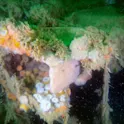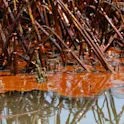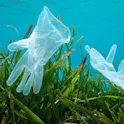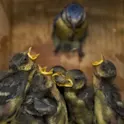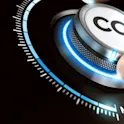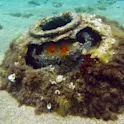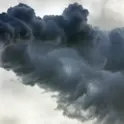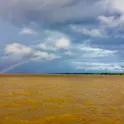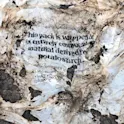
Environment
03 Nov 2022
60% of home ‘compostable’ plastic doesn’t fully break down, ending up in our soil
By Suzanna Burgelman, Frontiers science writer Image: Citizen scientist image from www.bigcompostexperiment.org.uk In a UK-wide study, researchers found that 60% of home-compostable plastics do not fully disintegrate in home compost bins, and inevitably end up in our soil. The study also found that citizens are confused about the labels of compostable and biodegradable plastics, leading to incorrect plastic waste disposal. These results highlight the need to revise and redesign this supposedly sustainable plastic waste management system. Global plastic pollution remains one of the biggest environmental challenges of our time. A new OECD report shows that plastic consumption has quadrupled over the past 30 years. Globally, only 9% of plastic waste is recycled, while 50% ends up in landfills, 22% evades waste management systems, and 19% is incinerated. In response to this pollution crisis, several countries have set targets to eliminate all single-use plastics and to make plastic packaging 100% recyclable, reusable, or compostable by 2025. Compostable plastics are becoming more common as the demand for sustainable products grows. The main applications of compostable plastics include food packaging, bags; cups and plates, cutlery, and bio-waste bags. But there are some fundamental problems with these types of plastics. They are largely unregulated and […]
